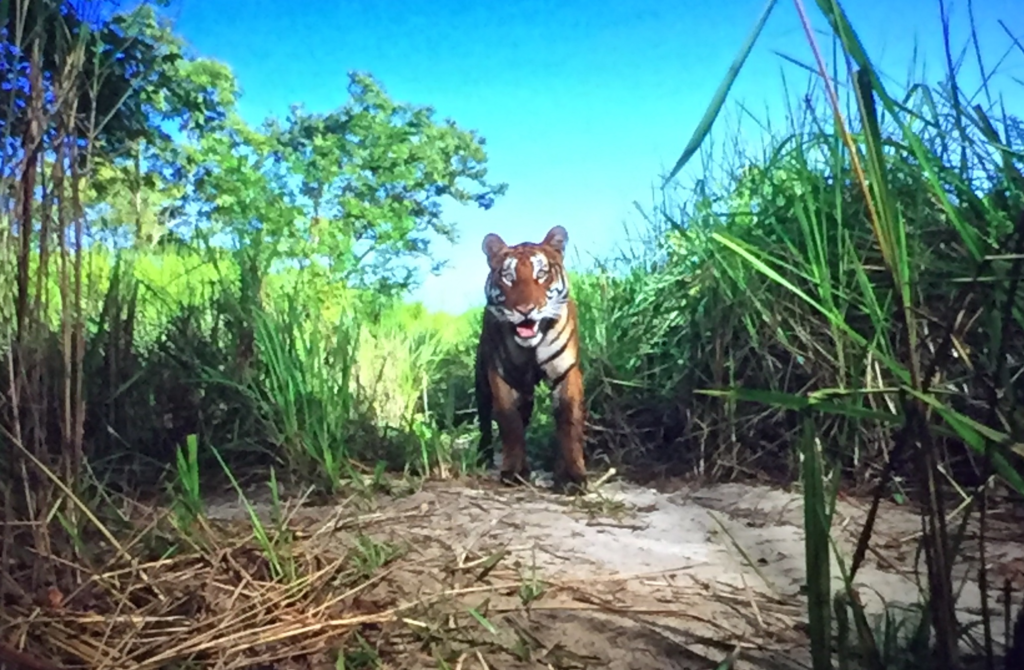
By Ashley Hathaway, Contributive Writer
For a man that did not take a picture of an animal until he was 34 years old, Steve Winter has seen it all when it comes to big cats. From dodging poachers, to escaping 5,000 pound Rhinos, it seems as if Winter has been through just about all one could imagine. On October 17, McKendree University was lucky enough to host Steve Winter as a speaker from National Geographic. The audience at McKendree got to impart on the experiences of being a National Geographic photographer with Winter as he told stories about his time capturing pictures of big cats around the world.
When asked how he started doing stories on big cats, Winter replies with “I didn’t chose big cats, big cats chose me.” One night when Winter was on an expedition to get pictures of birds, he was trying to sleep in his one room shack when a black panther decided to prowl inside. The black panther was curiously wandering the shack, and in the process woke Winter up and scared him half to death. Ironically enough, this is when Winter decided that he wanted to start doing stories on big cats, and he began with jaguars. With a lot of research and determination, Winter first started looking for jaguars to get pictures of in Costa Rica.
At the beginning of his search, Winter was not having a lot of luck finding jaguars. Due to El Nino occurring the same year that he started in Costa Rica, the jaguars had fled because of the low population of sea turtles, which resulted in low food supply. This put Winter at a standstill. He went seven weeks in Costa Rica without a single picture of a jaguar. This called for a change in his plans, and he ended up in Brazil trying to find the jaguars he was looking for. In the process of getting the pictures he wanted, Winter also started a bigger project which was to “tell their story, not just take their pictures.” He was determined to stop the unnecessary killing of jaguars in Brazil, which mainly started due to people thinking that jaguars were killing cows throughout Brazil. To disprove this accusation, Winter and his team started a project that tracked jaguars with GPS systems to show that jaguars were not coming close to the cows that were dying. They eventually found success in this project which ended with law that now protect jaguars in Brazil. In the midst of all of this, Winter got many pictures that show why jaguars should be protected at all costs with this being just one of them.
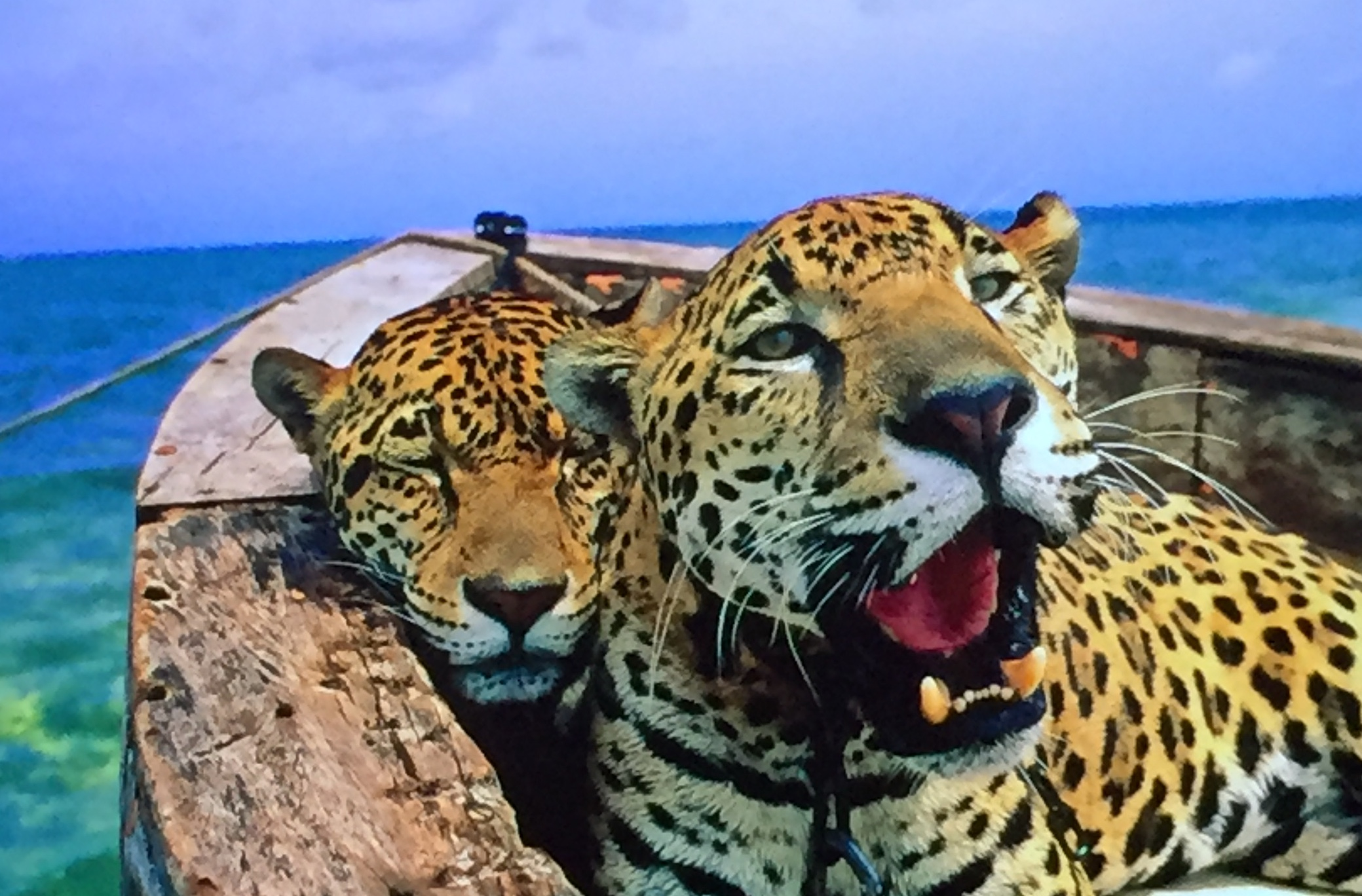
After visiting Brazil, Winter started a seemingly even more difficult story which focused on snow leopards in Northern India. This adventure called for 33 bags of equipment and camping at an altitude of 12,000 feet. With help from locals, Winter was able to set up camera traps around where they were staying in order to capture photos of the snow leopards. After seeing one snow leopard the first day that they were there, Winter and his team did not see another snow leopard for six months, and also were not getting many photos. However, with loads of persistence and determination, the pictures started coming. Winter eventually got the first picture of a snow leopard in snow, and it is quite the sight to see.
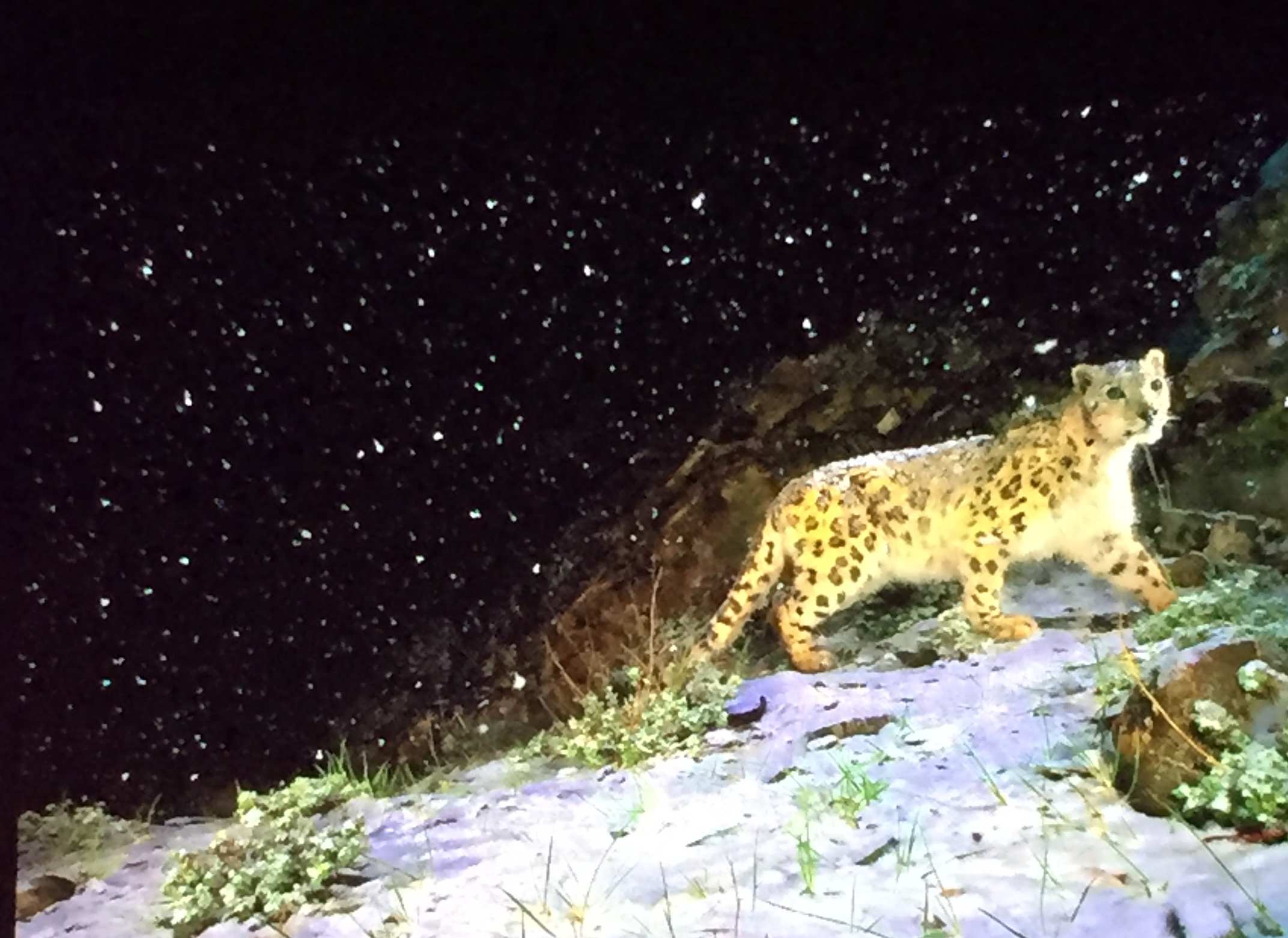
After finding the success he wanted with snow leopards, Winter was moved by the idea to capture pictures of the North American cat, the mountain lion. Winter began this quest by teaming up with the Santa Monica National Recreation Center to find out information about the mountain lions in the Los Angeles area. After learning that mountain lions were all over the Santa Monica and Los Angeles region, Winter’s main goal turned to capture a photo of a mountain lion with the Hollywood sign in the background. After getting photos of bobcats, a deer, a raccoon, a guy walking his dog, and even a group of people taking a selfie, Winter finally got the photo he had dreamed of.
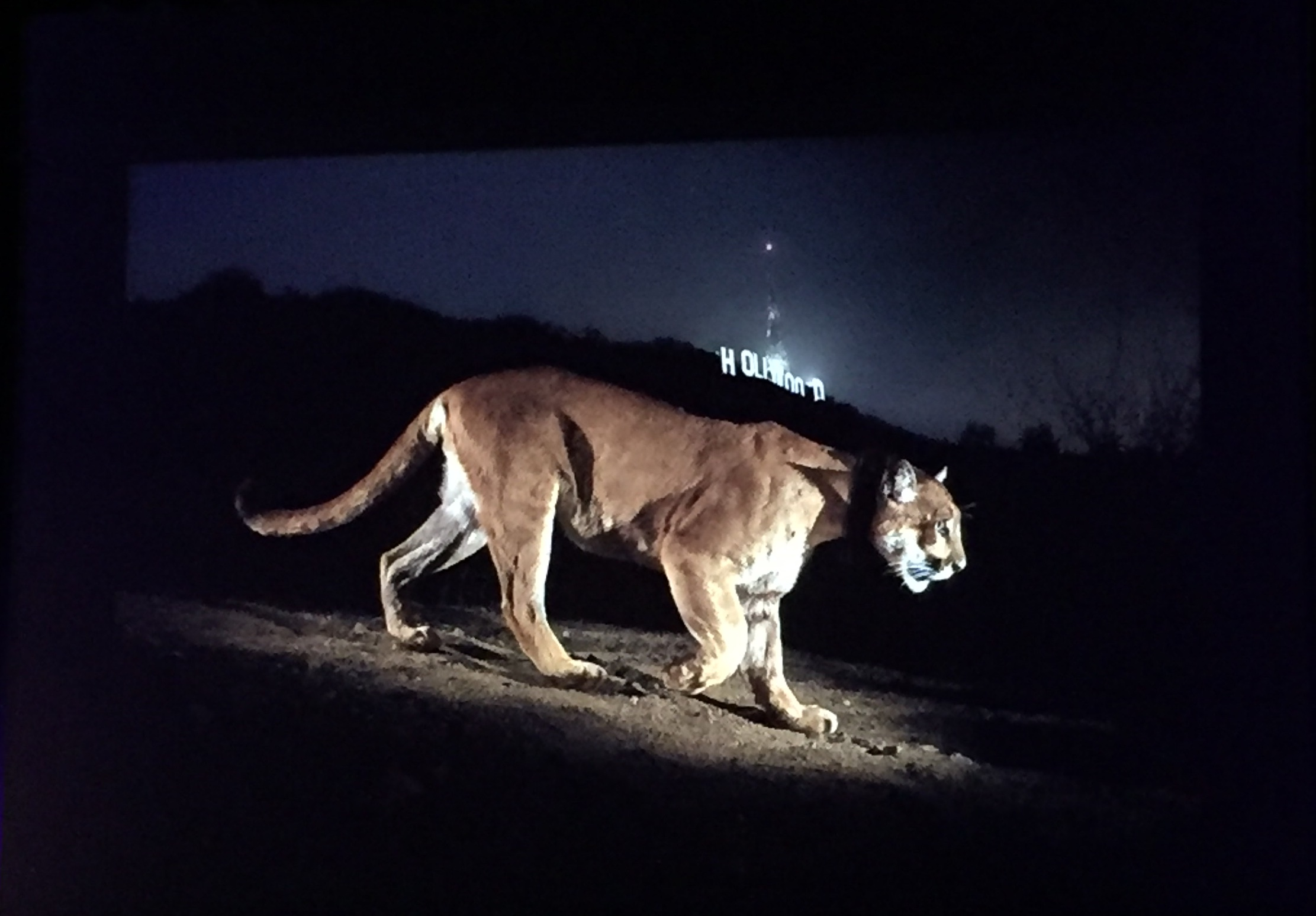
The mountain lion story does not stop there, however. While some people were uncomfortable with mountain lions living close to their homes, many people were very excited to learn about the wildlife that surrounded them. This led to the community realizing that the Los Angeles region was not the safest hotspot for mountain lions due to the monstrous highways and high human population. With the cooperation from everyone involved, this realization started the construction of the “largest wildlife overpass in the world” so that animals can cross highways and intersections without getting hurt or killed.
From the previous stories, it is clear that Winter cares more about just taking pictures of these big cats. He also cares to speak for them, and tell their story to protect them. This quality in Winter jumps out more than ever in his project and story that focuses on tigers. By Winter’s passionate tone, one can tell that he deeply cares for tigers and their endangered state. During his journey to photograph tigers, Winter came into contact with some unthinkably cruel situations where tigers were getting trafficked and brutally killed in the process. The biggest instance he saw of this was at a Buddhist Temple in China, where they had been trafficking tigers for over 10 years while making nearly $3 million a year off of these innocent tigers. With the help of his wife’s journalism work, Winter and his wife were able to tell the stories of what they saw at this Temple, which led to an investigation that eventually closed the Temple down. While every victory is a step forward in stopping this catastrophe, the black market for tigers is still a $125 billion industry.
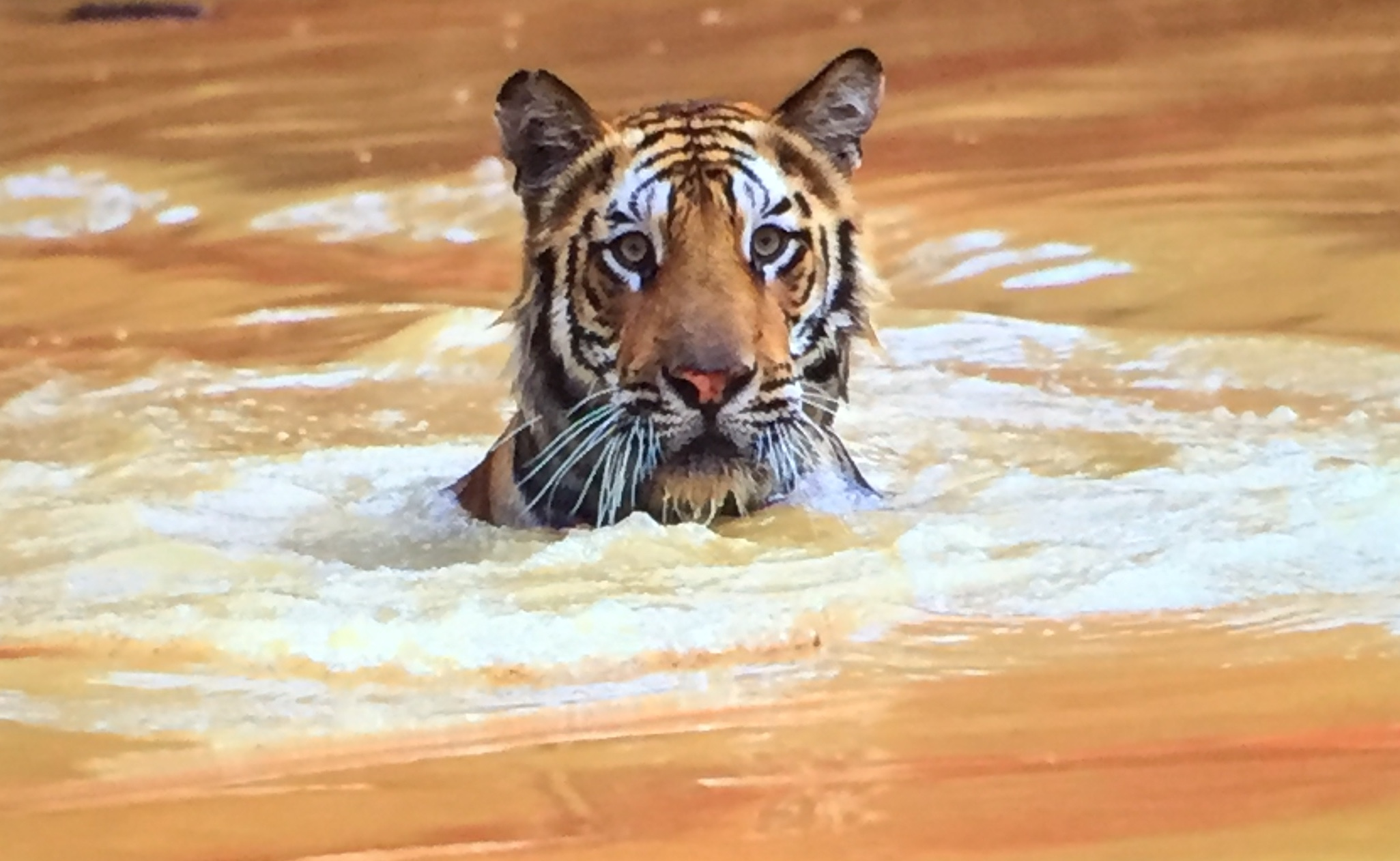
With his stories and experiences speaking for themselves, Winter simply states that “as living beings on this Earth, big cats have the right to live.” More importantly, he also states that by helping big cats, we can also “save ourselves.” Clearly, there is no more time to waste on saving these big cats from being killed unnecessarily. According to Winter, the “time to act is now” if there is any hope for big cats to continue making this Earth an even more beautiful place.
Thank you for the great review of Steve Winter!
That’s a crazy story. I can’t believe seeing a black panther near you would inspire someone to write about them. For me I would probably be traumatized.